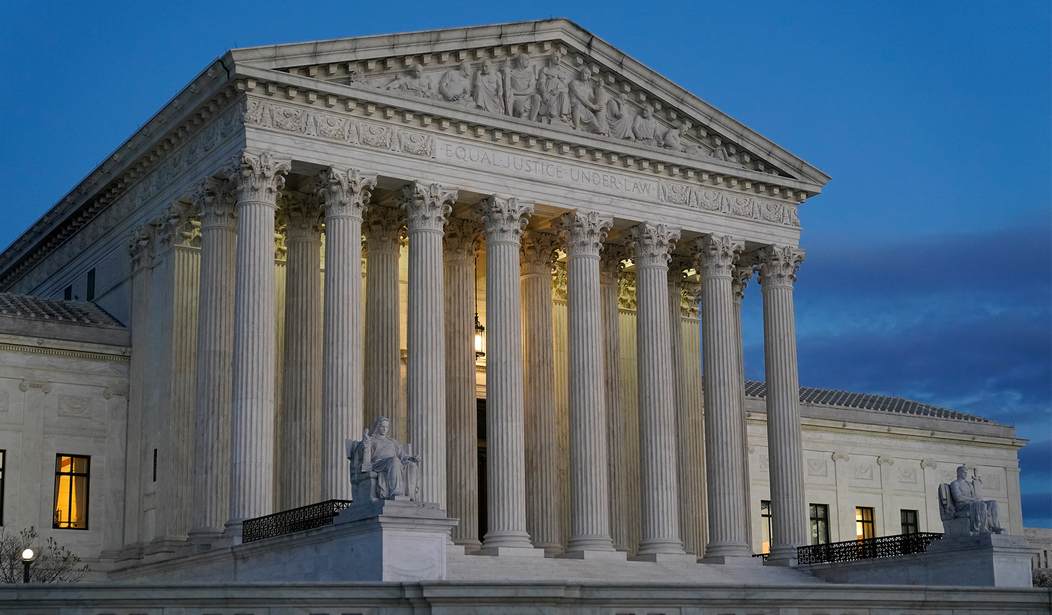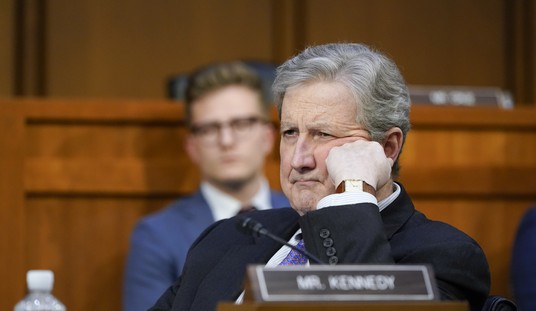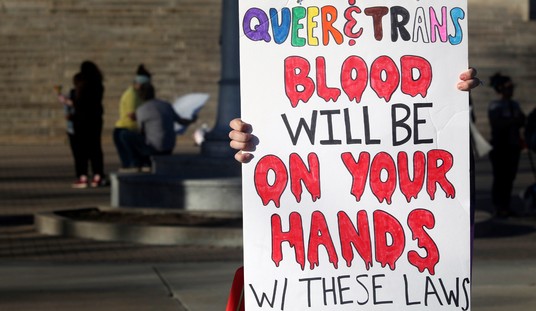President Joe Biden’s administration secured a significant victory from the United States Supreme Court on Friday when the court ruled 8-1 in favor of the federal government’s position in U.S. v. Texas.
Justice Kavanaugh authored the opinion which found that the states who initiated the litigation (Texas and Louisiana) lacked standing to challenge the Guidelines for the Enforcement of Civil Immigration Law issued by Secretary of Homeland Security Alejandro Mayorkas that “prioritize the arrest and removal from the United States of noncitizens who are suspected terrorists or dangerous criminals or who have unlawfully entered the country only recently.”
Justices Gorsuch and Barrett authored concurring opinions. Justice Alito was the only dissenting justice.
A bit of background:
The case involved the issuing of new enforcement guidelines by the Department of Homeland Security. After initially attempting to impose a 30-day moratorium on all ICE deportations, the department issued guidance that restricted ICE agents to targeting three types of illegal immigrants for arrest and deportation: recent border crossers; threats to public safety; and national security threats.
“The fact an individual is a removable noncitizen therefore should not alone be the basis of an enforcement action against them,” DHS Secretary Alejandro Mayorkas said in the memo. “We will use our discretion and focus our enforcement resources in a more targeted way. Justice and our country’s well-being require it.”
The department said it was the most efficient use of limited resources to protect the American people, but critics saw it as part of a broader rolling back of enforcement and border security. The imposition of those guidelines coincided with a sharp drop in ICE deportations. In FY 2021, which included the final months of the Trump administration, ICE arrested 74,082 noncitizens and deported 59,011. Of the 74,082 arrests between October 2020 and October 2021, only 47,755 took place after Feb. 18 when the new priorities were implemented. Of removals, just 28,677 of the 59,011 deportations took place after Feb. 18.
Texas and Louisiana contended that the guidelines contravened two federal statutes and that they had standing to challenge them because they would incur costs due to the administration’s failure to follow the statutory mandates. The U.S. District Court found that the states had standing, found the guidelines unlawful, and vacated them. The Biden administration appealed, the Fifth Circuit Court of Appeals declined to stay the District Court’s judgment, and the Supreme Court granted certiorari to hear the case. With today’s ruling, the court found that the states lacked Article III standing to bring the case and reversed the District Court’s judgment.
In his opinion, Justice Kavanaugh characterized this as an “extraordinarily unusual lawsuit,” observing that the states “want a federal court to order the Executive Branch to alter its arrest policies so as to make more arrests. Federal courts have not traditionally entertained that kind of lawsuit; indeed, the States cite no precedent for a lawsuit like this.” Kavanaugh added that although Texas and Louisiana lacked standing to sue here, “We do not suggest that federal courts may never entertain cases involving the Executive Branch’s alleged failure to make more arrests or bring more prosecutions.”
In his concurrence, Justice Gorsuch agreed that Texas and Louisiana lacked standing, but for a different reason: “redressability,” the idea that the states would not benefit from a favorable decision, concluding:
In our system of government, federal courts play an important but limited role by resolving cases and controversies. Standing doctrine honors this limitation at the front end of every lawsuit. It preserves a forum for plaintiffs seeking relief for concrete and personal harms while filtering out those with generalized grievances that belong to a legislature to address. Traditional remedial rules do similar work at the back end of a case. They ensure successful plaintiffs obtain meaningful relief. But they also restrain courts from altering rights and obligations more broadly in ways that would interfere with the power reserved to the people’s elected representatives. In this case, standing and remedies intersect. The States lack standing because federal courts do not have authority to redress their injuries. Section 1252(f )(1) denies the States any coercive relief. A vacatur order under §706(2) supplies them no effectual relief. And such an order itself may not even be legally permissible. The States urge us to look past these problems, but I do not see how we might. The Constitution affords federal courts considerable power, but it does not establish “government by lawsuit.” R. Jackson, The Struggle for Judicial Supremacy 286–287 (1941).
Justice Barrett’s rationale, set forth in her concurrence, was narrower:
The Court weaves together multiple doctrinal strands to create a rule that is not only novel, but also in tension with other decisions. See ante, at 2–4 (opinion of GORSUCH, J.). In my view, this case should be resolved on the familiar ground that it must be “‘likely,’ as opposed to merely ‘speculative,’” that any injury “will be ‘redressed by a favorable decision.’” Lujan, 504 U. S., at 561. I respectfully concur only in the judgment.
While Justice Kavanaugh’s majority opinion only runs 17 pages, Justice Alito’s dissent clocks in at 28 pages. He opens with his sharp disagreement with the majority, noting:
The Court holds Texas lacks standing to challenge a federal policy that inflicts substantial harm on the State and its residents by releasing illegal aliens with criminal convictions for serious crimes. In order to reach this conclusion, the Court brushes aside a major precedent that directly controls the standing question, refuses to apply our established test for standing, disregards factual findings made by the District Court after a trial, and holds that the only limit on the power of a President to disobey a law like the important provision at issue is Congress’s power to employ the weapons of inter-branch warfare—withholding funds, impeachment and removal, etc. I would not blaze this unfortunate trail. I would simply apply settled law, which leads ineluctably to the conclusion that Texas has standing.
Alito concludes by cautioning against the continued expansion of executive power and chiding the majority for shirking its duty:
This sweeping Executive Power endorsed by today’s decision may at first be warmly received by champions of a strong Presidential power, but if Presidents can expand their powers as far as they can manage in a test of strength with Congress, presumably Congress can cut executive power as much as it can manage by wielding the formidable weapons at its disposal. That is not what the Constitution envisions.
I end with one final observation. The majority suggests that its decision rebuffs an effort to convince us to “‘usurp’” the authority of the other branches, but that is not true. Ante, at 3. We exercise the power conferred by Article III of the Constitution, and we must be vigilant not to exceed the limits of our constitutional role. But when we have jurisdiction, we have a “virtually unflagging obligation” to exercise that authority. Colorado River Water Conservation Dist. v. United States, 424 U. S. 800, 817 (1976). Because the majority shuns that duty, I must respectfully dissent.















Join the conversation as a VIP Member